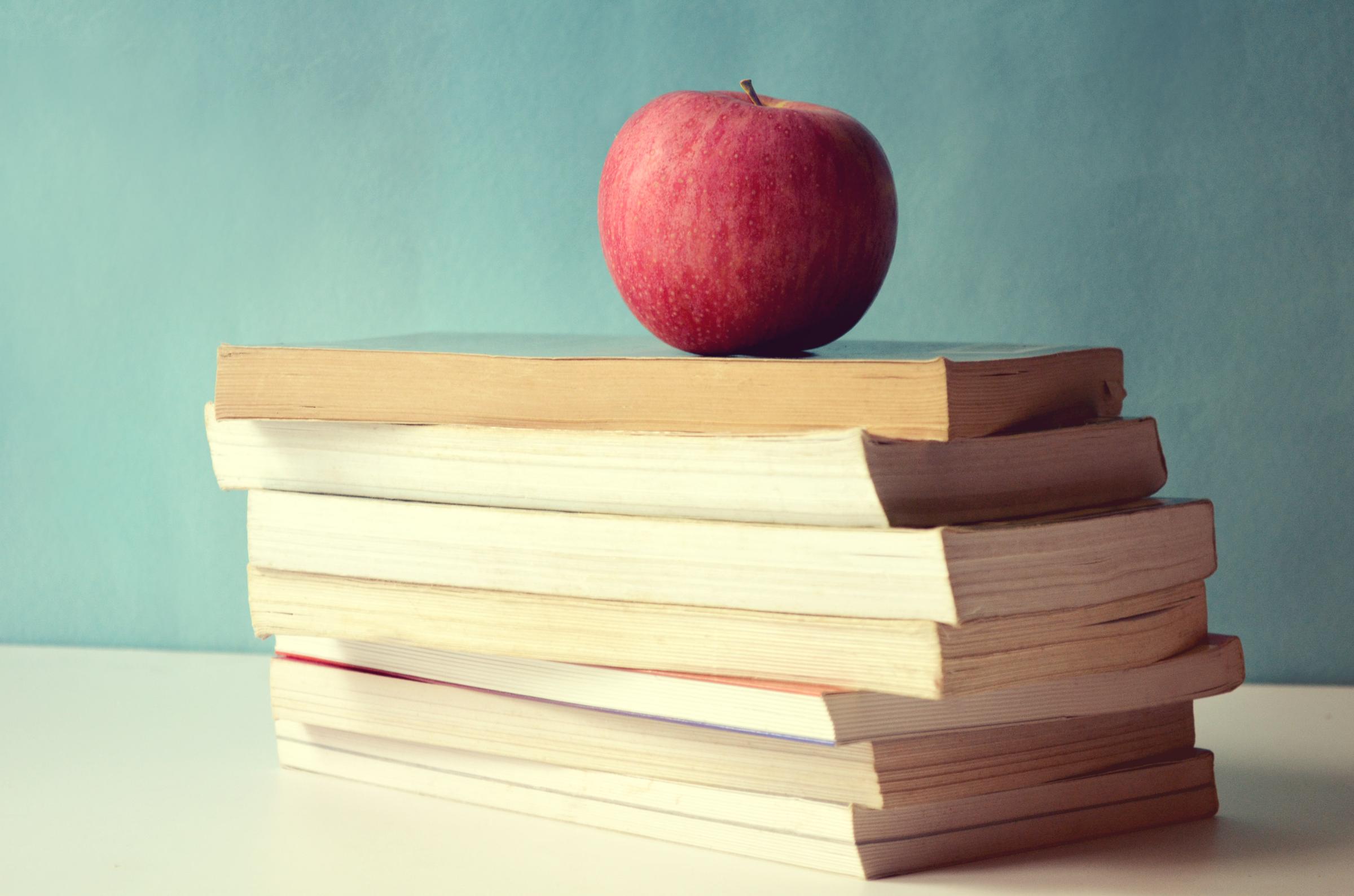From the Director of Quality Teaching and Learning

Fostering positive relationships in learning
This week all secondary staff were provided an opportunity to engage in professional development. Staff learning and reflection was built on using teaching strategies based on knowledge of students physical, social, & intellectual development & characteristics to improve student learning. This relates very well to one of the school’s improvement priorities – wellbeing.
Author Michael Reichert, Ph.D. Executive Director of the Center for the Study of Boys’ and Girls’ Lives says, “Relationship is the very medium through which successful teaching and learning is performed.”
At Calrossy Anglican School relationships are multi-faceted, and with this in mind here is a snippet on what was discussed in the professional development offering.
1. Excellent relationships underpin great behaviour
Despite the secondary school having a central system to deal with behaviour, it is the school’s excellent teacher students relationships that underpin great behaviour. Teachers have huge power and responsibility in their roles and need to both recognise that and harness it to good effect, using systems as needed but always owning decisions, owning the classroom, and investing in relationships with individuals.
2. The features of relationships in learning.
If we keep the learning purpose to the forefront, we made a list of what positive student-teacher/adult-child relationships might look like. Here’s the list we discussed this week:
The adult-child relationship:
- Warmth and kindness;
- Boundaries; fairness; consistency
- Shared goals - learning
- Defined roles; Not friends; not ‘personal’
- Not autocratic; not about fear
- Not doing it ‘just because I say so’
- Not constantly negotiated
We then talked about the roles of teachers and boundaries between students and their teachers as being important. Adults in schools have authority that children don’t have, and it is important to make these lines explicit. At the same time, at all times, warmth and kindness should permeate all interactions – it’s perfectly possible to blend ‘warm’ and ‘strict.’
When boundaries need to be enforced, discipline is never personal; it shouldn’t be. Children don’t always see that and we need to make it clear through our measured language and responses that we have their interests at heart; we’re focused on their learning and all we do is designed so that they can enjoy school and learn as much as possible, individually and as part of a class of other children who matter too.
3. Relationships in Feedback
Feedback is complex. Much of it doesn’t land or isn’t acted on. Where feedback works it is where students absorb it, trust it, understand it and are motivated to respond positively to it. For this to happen, relationships matter. We need to know our students as learners; What makes them tick? What type of positive pressure or nurturing encouragement is most likely to get the best out of them? We don’t know until we find out by pushing and nudging until the feedback & feedforward seems to be the right type.
4. Relationships in classroom dynamics: questioning
One of the best ways to find out about students is through our interactions in lessons. Where we use dialogic, probing questioning, we get much deeper into understanding what students think. By cold-calling, inviting specific individuals to respond as we check for understanding, we convey a stronger sense that we’re interested in what they have to say. If we adopt a responsive approach, we have to actually listen to what they say and respond to it – and this helps to build relationships based around learning.
5. Research findings confirm the need for positive relationships.
In 2018 Andrew Martin Scientia Professor and Professor of Educational Psychology and Rebecca Jollie UNSW released a paper titled Teacher-Student Relationships and Students' Engagement in High School: Does the Number of Negative and Positive Relationships With Teachers Matter?
In short the researchers found students who have a good relationship wit
